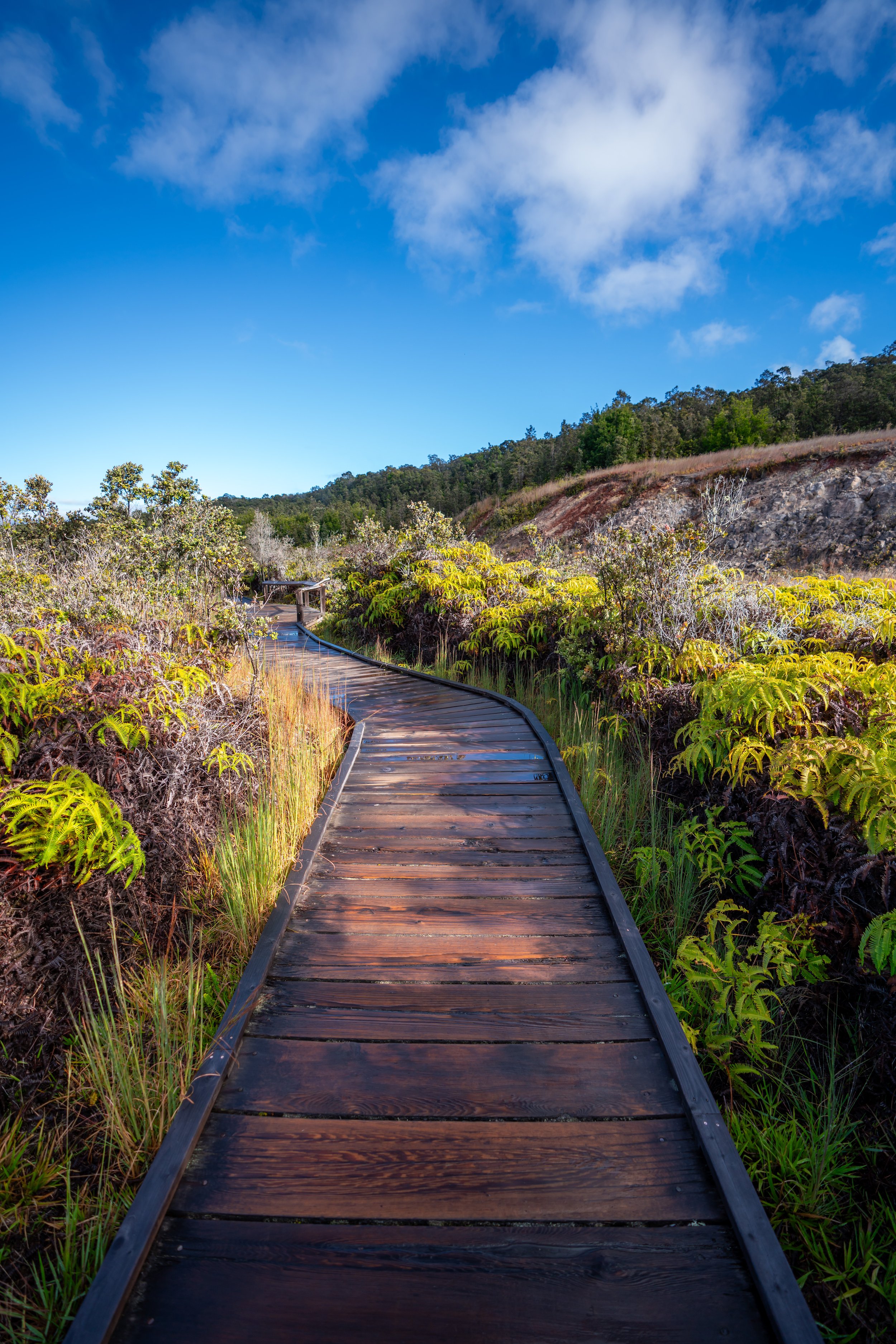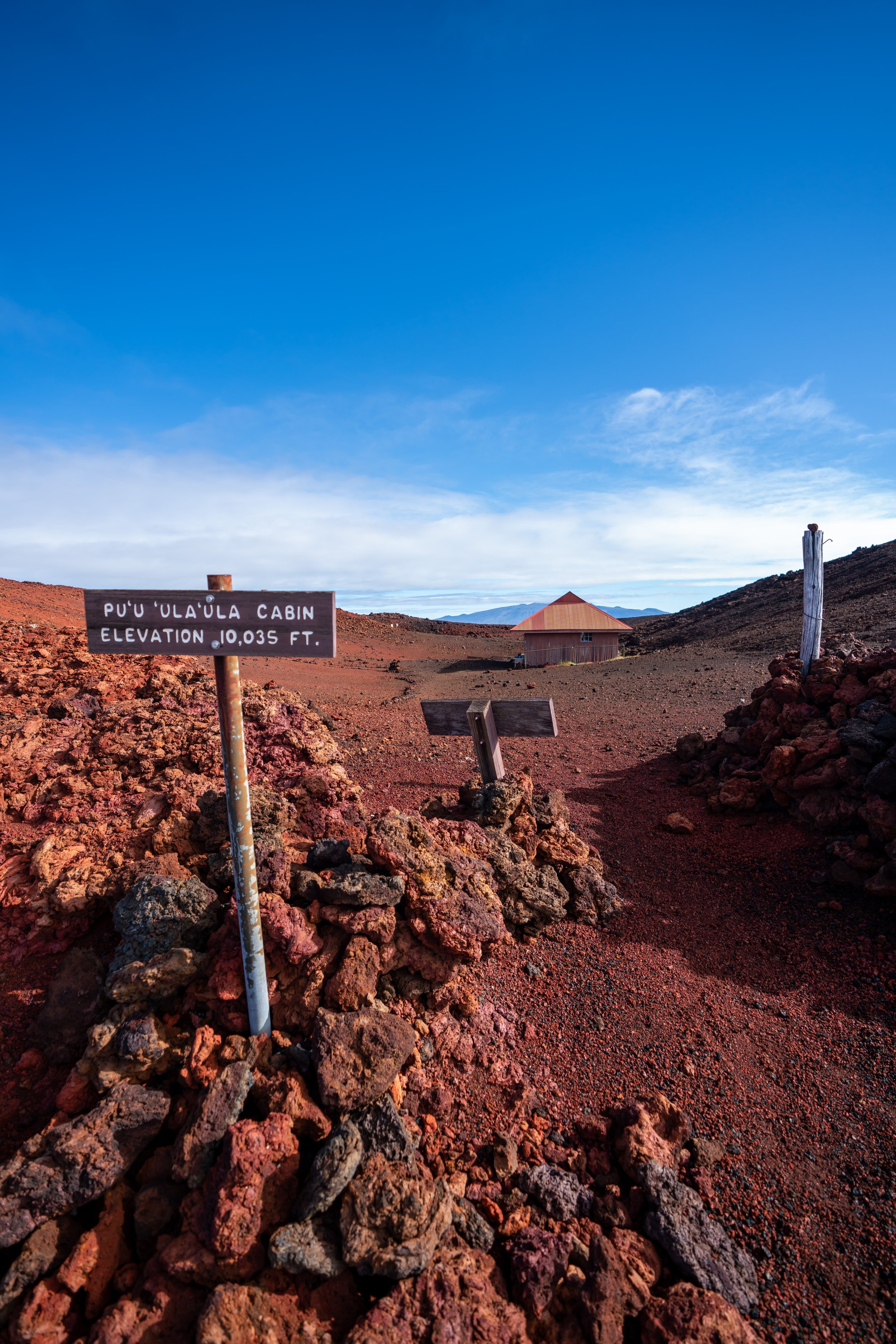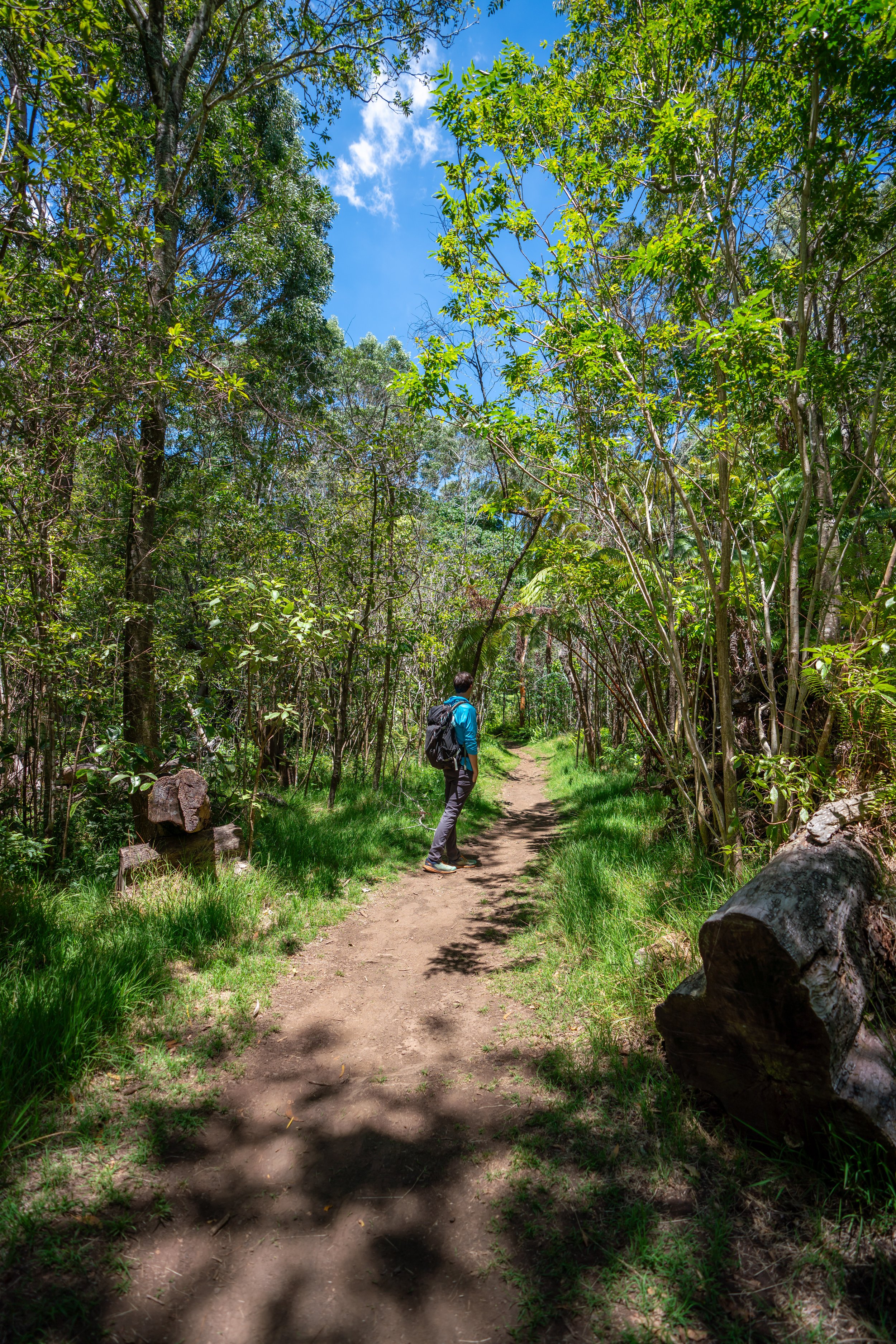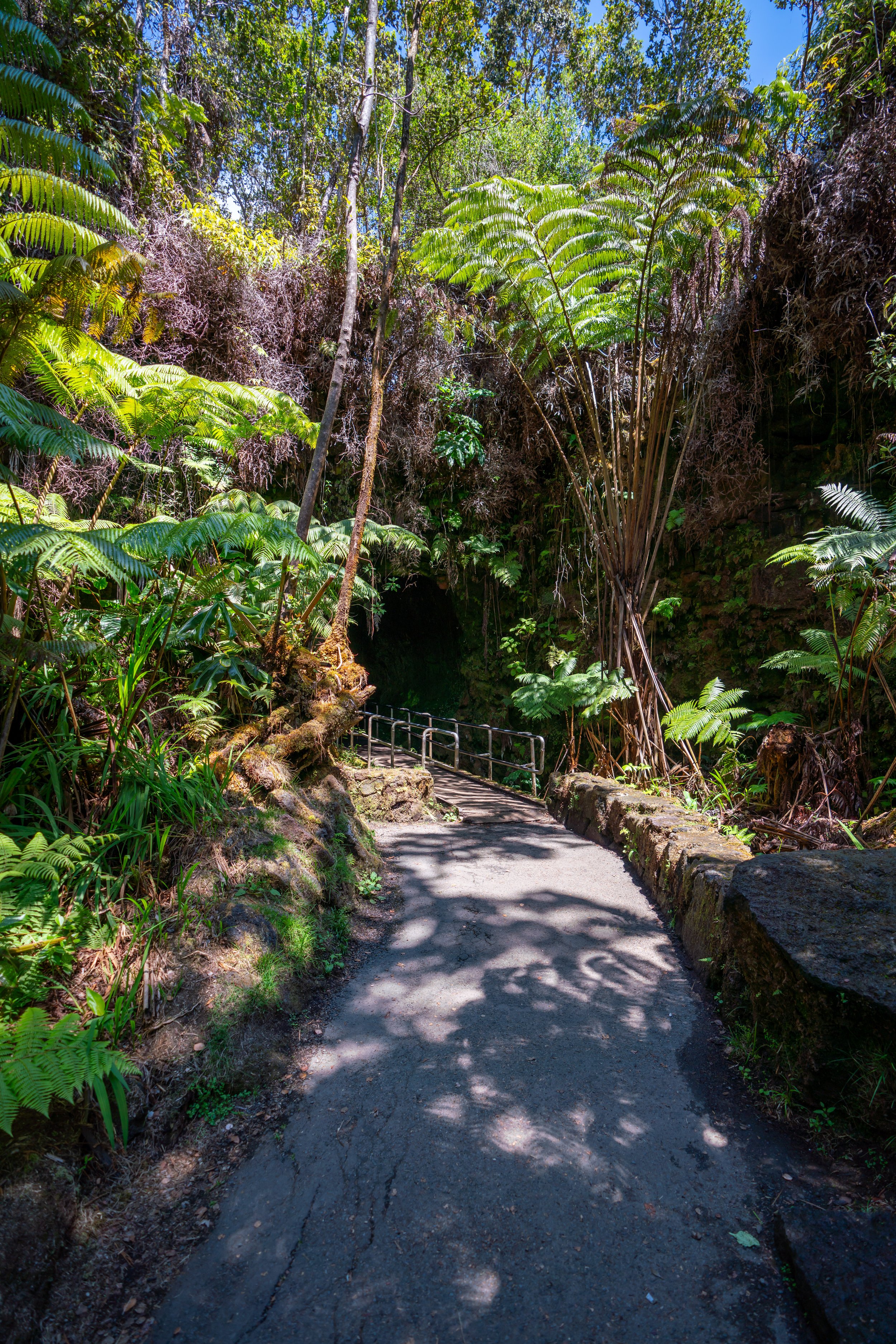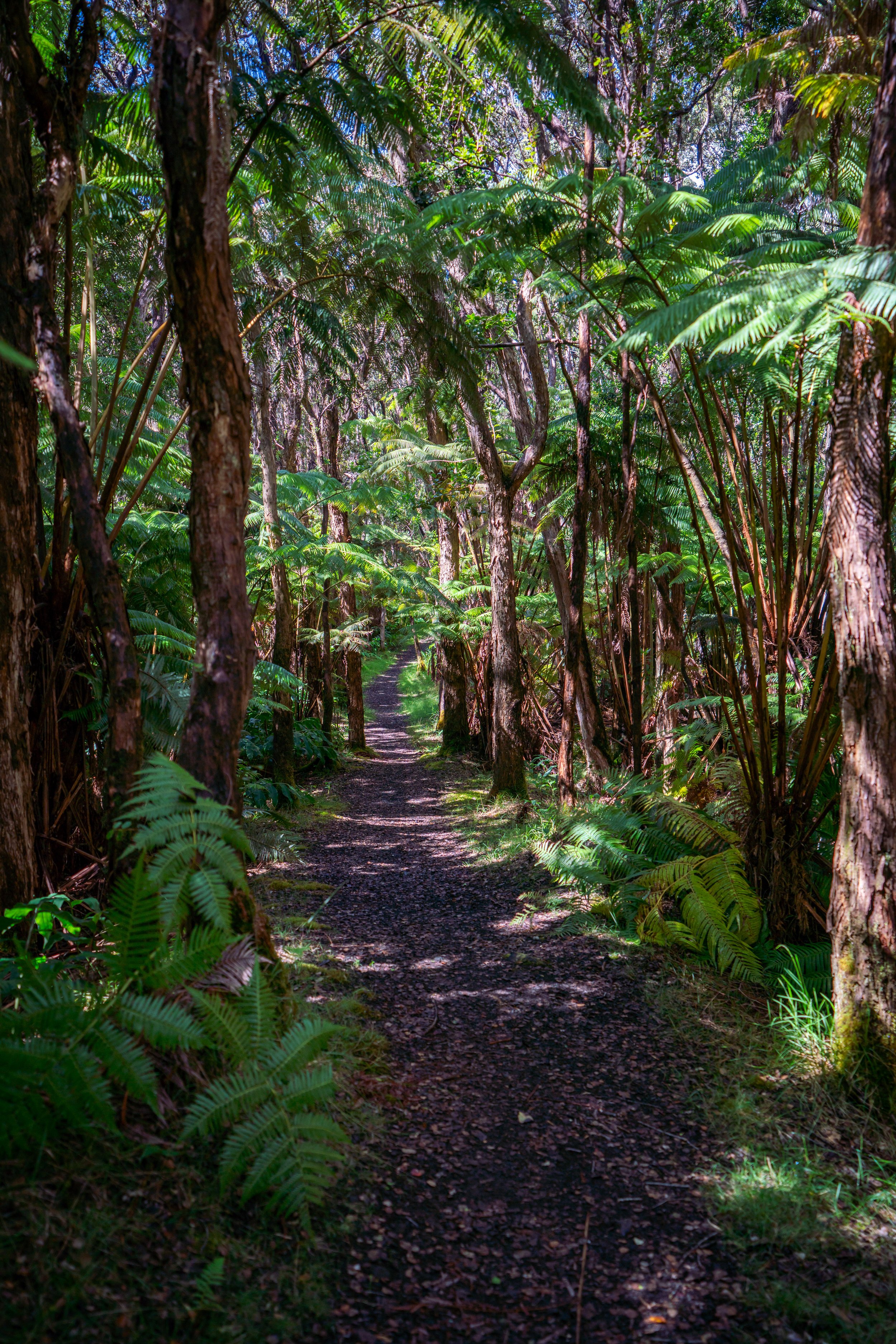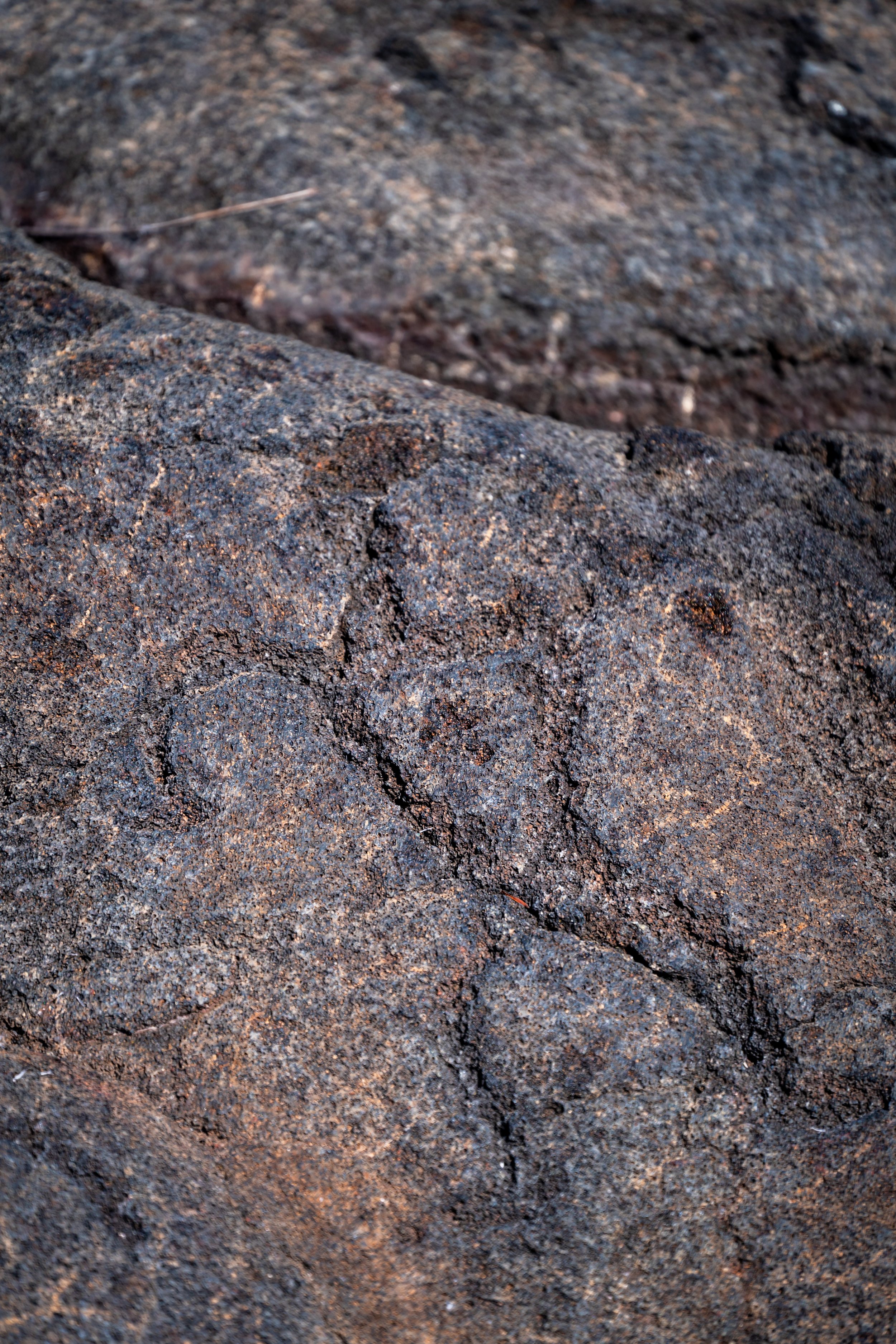Hiking the Halemaʻumaʻu Trail in Hawaiʻi Volcanoes National Park
Distance: 1.6 miles / 2.6 km
The Halemaʻumaʻu Trail in Hawaiʻi Volcanoes National Park can be a lot of different things, depending on how far of an adventure you’re looking to get into.
Beginning from the Kīlauea Visitor Center, the Halemaʻumaʻu Trail can be a simple out-and-back hike into the Kīlauea Caldera, or if you're looking for something a little longer, Halemaʻumaʻu is commonly combined with the Byron Ledge Trail (Uēaloha) to make one longer loop with the Crater Rim Trail.
However, this post is simply about the Halemaʻumaʻu Trail on its own, as Halemaʻumaʻu makes for a great and short adventure to reach the bottom of the Kīlauea Caldera below the Volcano House.
Halemaʻumaʻu Trailhead Parking
Parking for the Halemaʻumaʻu Trail is located in the same parking lot at the Kīlauea Visitor Center.
Generally speaking, finding a parking spot at the visitor center is never too difficult, but the area typically gets much more busy by midday.
Google Maps Directions: Kīlauea Visitor Center
Hiking the Halemaʻumaʻu Trail
The Halemaʻumaʻu Trail begins across Crater Rim Drive from the Kīlauea Visitor Center.
Walk along the path adjacent to the Volcano House until you see the Halemaʻumaʻu/ Crater Rim Trailhead.
Crater Rim Junction
At the Halemaʻumaʻu/ Crater Rim Trailhead, go right down the trail for 0.1 miles (0.2 km) until you reach the next split for the Halemaʻumaʻu Trail.
Overall, I highly recommend hiking more of the Crater Rim Trail than what’s shown here, as the hike around Kīlauea is easily one of the best things to do in Hawaiʻi Volcanoes National Park.
Read My Separate Post: Crater Rim Trail
Crater Rim-Halemaʻumaʻu Junction
At the next split, go left to begin the Halemaʻumaʻu Trail.
The Crater Rim Trail to the right is what leads to Haʻakulamanu (Sulphur Banks), which makes for a nice, easy loop trail as a separate adventure.
Read My Separate Post: Haʻakulamanu (Sulphur Banks) Trail
After leaving the Crater Rim Trail, Halemaʻumaʻu follows a nearly all downhill trail until reaching the Byron Ledge Trail and Kaluapele (Kīlauea Caldera), located 0.6 miles (1.0 km) away.
This is Paʻiniu, which is endemic to the Hawaiian Islands, meaning this species is found nowhere else on earth.
I say this because many of the plants found in Hawaiʻi Volcanoes are endemic to Hawaiʻi, and I ask that you do your part to minimize your impact in this natural environment.
Overall, the Halemaʻumaʻu Trail is a very straightforward hike, but as mentioned previously, it truly just depends on how far you’re looking to go.
Combining the Halemaʻumaʻu, Byron Ledge, and Crater Rim Trails makes for a roughly 2.6-mile (4.2 km) loop, which is another great option to circle back to the Kīlauea Visitor Center.
Halemaʻumaʻu-Byron Ledge Junction
Where the Halemaʻumaʻu Trail ends, the Byron Ledge Trail begins.
At this junction, go right to reach Kaluapele, which is the common ending point for both the Halemaʻumaʻu and Byron Ledge Trails.
Kaluapele (Kīlauea Caldera)
Kaluapele, or more commonly called the Kīlauea Caldera, is closed to hikers because of the obvious dangers past this point.
Still, the hike down Halemaʻumaʻu to Kaluapele when Kīlauea was erupting was worth the trip alone, especially since so few hikers were on the trail this late in the afternoon.
Native Plants on the Halemaʻumaʻu Trail
The Halemaʻumaʻu Trail traverses through a beautiful mix of ʻŌhiʻa lehua and ʻIlahi trees.
However, there are a number of other native species to look out for, such as Manono, Māmaki, Hāpuʻu, Palapalai, and Uluhe, to truly only name a few.
That being said, if you are curious about trying the native Hawaiian Māmaki tea, I kindly ask that you don’t harvest Māmaki from our native forests but, instead, buy from one of the local reputable vendors, such as those listed below.
If you would like to learn more about these and other native species from around Hawaiʻi, check out my separate post below.
Read My Separate Post: Native Hawaiian Plant Guide


